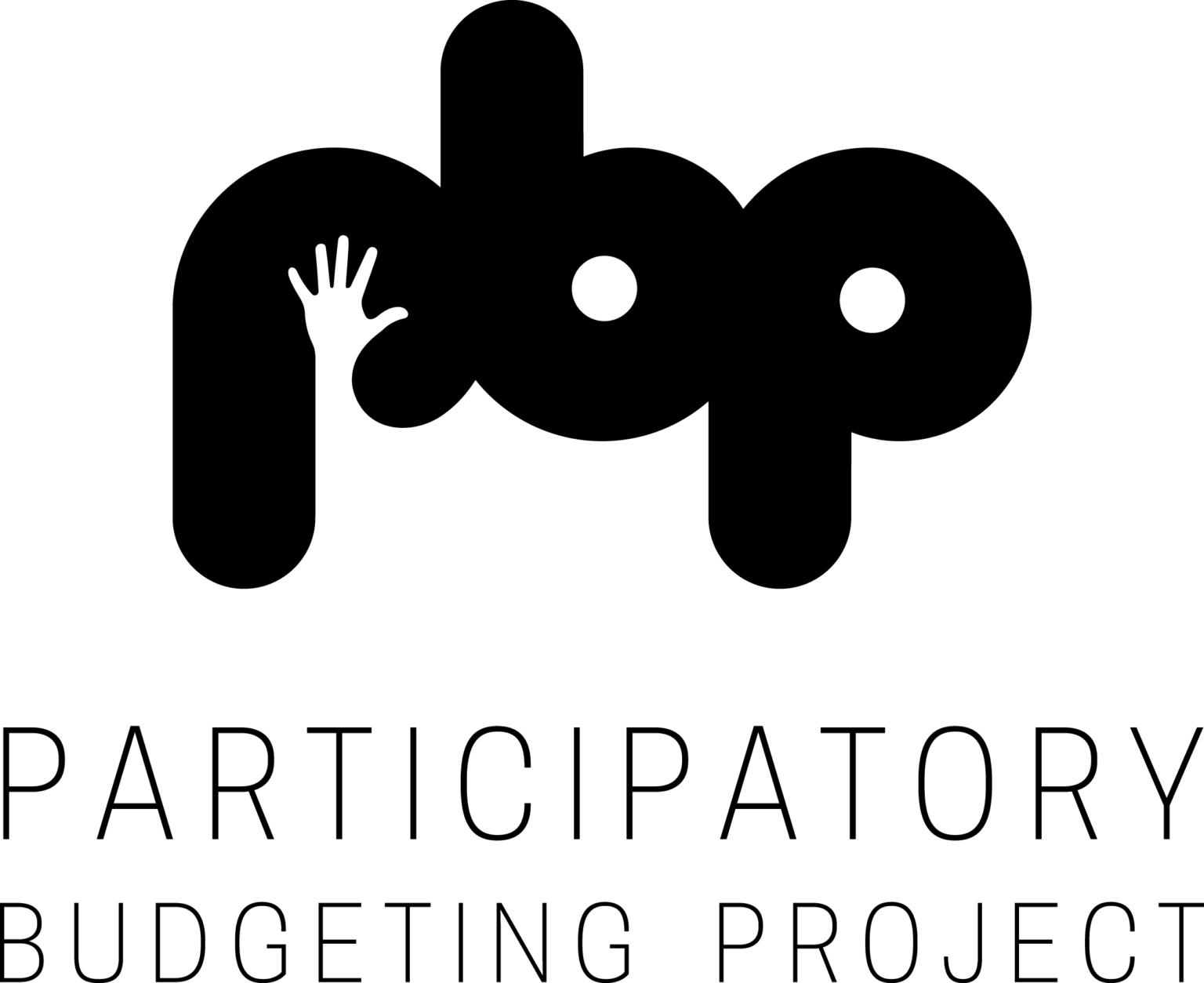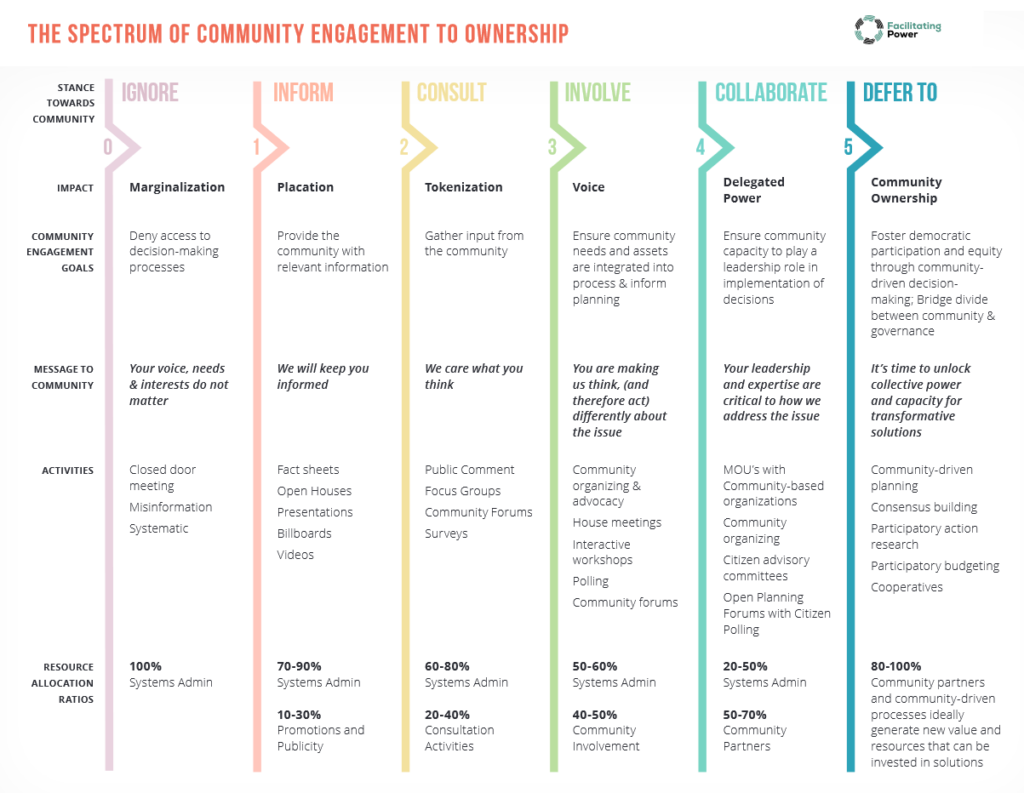Two-minute public comment periods. Closed-door decisions. Community input workshops where your only way to participate is via sticky note suggestions on a draft plan. Community board recommendations that go ignored by public decision-makers. If you’ve ever tried to engage in public decisions made in your community, I’d guess that at least one of these experiences is all too familiar to you.
If you’re like me, you may wrestle with questions like: Why didn’t I hear about this sooner? If this plan is about my neighborhood and my people, why am I not at the table, being asked to design it from Day 1? And why are special interests getting a greater say on this project than the people in our community who are directly impacted?
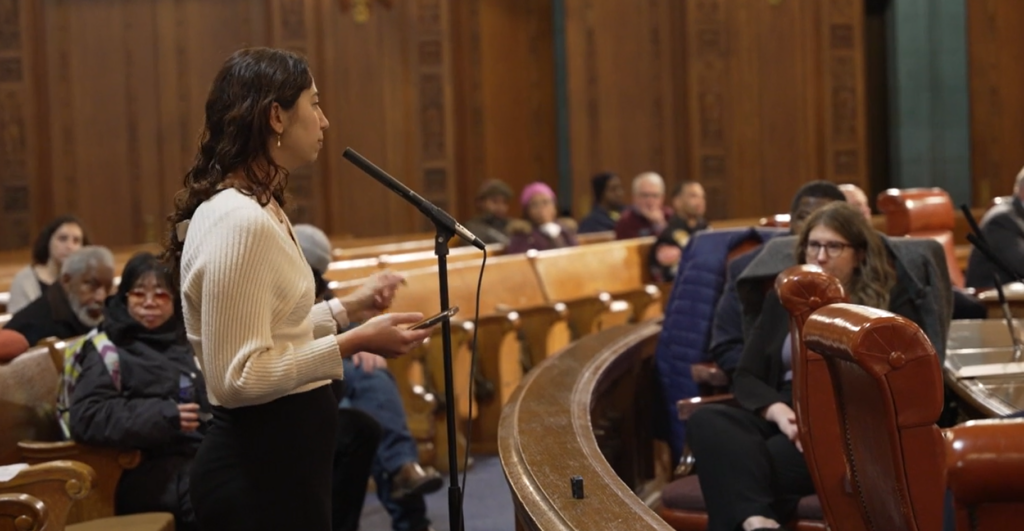
Often, community engagement approaches leave a bad taste in participants’ mouths, and at worst actively marginalize, ignore and harm key groups in the community, such as our BIPOC neighbors, low-income residents, non-English speakers, youth, and undocumented folks.
At the Participatory Budgeting Project, we strive to address these shortcomings by modeling a different approach, one that gives everyone a seat at the table and centers community power. While this may feel like a herculean task at times, we believe that by showing up for one another and figuring it out one step at a time, we can realize and practice our collective power.
We understand that making the move through better intentioned engagement that still often comes up short into building real community power with equity at the center requires constant evaluation and direction setting to keep us on track. When many of the usual suspects like bureaucracy, shifting timelines, disagreements, or local politics try to pull us back into civics as usual, one of my favorite tools can help.
The Spectrum of Community Engagement to Community Ownership equips us with an insightful, practical way to take stock of our current public/community decision-making processes. It is pictured below and was developed in 2019 by Rosa González of Facilitating Power in partnership with Movement Strategy Center.
The spectrum is an orientation and relationship/power mapping tool that can be used by nonprofits, community groups, or public agencies to assess and advocate for greater community participation and ownership based on their assets, experiences, and goals. It can be used in community organizing and shared spaces to engage in a constructive conversation about what’s possible, address gaps, unlock opportunities, and redirect our civic processes intentionally towards deep mutual engagement, equity and accessibility, and community ownership.
In short, we can use it to grow our practice of participatory democracy – to make it better, deeper, more authentic, and more functional. Power shifts as people and community organizations take on more leadership of the plan or decision, co-design from their lived experience, practice making and implementing decisions and programs, and grow their collective capacity. Public electeds and agency staff learn and pivot from power holder, gate keeper, and/or director roles into roles of collaborator, process coordinator, technical or legal expert, relationship builder, and co-implementer.
Origins
The Spectrum of Community Engagement to Ownership was developed in 2019 by Rosa González of Facilitating Power in partnership with Movement Strategy Center and draws on other public participation tools such as Arnstein’s Ladder of Citizen Participation and the Public Participation Spectrum created by the International Association for Public Participation.
The spectrum makes visible the relationships between policymakers or current power holders such as public agencies or city councils, community organizations, and their community members throughout a public decision-making process. It reveals where power lies and makes tangible what shifts need to happen to distribute that power to the community in order to move towards community ownership. Moving from left to right towards greater power sharing and participation, it breaks down how this shows up in messaging, engagement activities, and resource allocation.
According to the authors, the spectrum is designed to:
- Acknowledge marginalization as the status quo practice of current systems that have been historically designed to exclude certain populations. If concerted efforts are not made to break-down existing barriers to participation, then by default marginalization occurs.
- Assert a clear vision for rebuilding our local democracies.
- Articulate a developmental process for rebuilding our local democracies that requires significant investment in the capacity to participate as well as the capacity to break-down systemic barriers to community participation.
- Assess community participation efforts and progress toward participation goals.
Why equity and accessibility are centered
Democratic – in name – planning, design, and public policymaking processes in the United States have been exclusionary since the country’s founding. Our current decision-making systems actively marginalize, silence, and neglect to engage certain community groups; low-income community members, BIPOC individuals, undocumented people, formerly/currently incarcerated folx, youth, and non-English speakers are left out from most public decision-making processes.
Without the concerted removal of barriers to the participation of these groups, these groups will continue to experience marginalization by default. We must actively shift our systems to ensure that public & community decision-making processes center and serve the needs and voices of these communities — from outreach, participation, and voice, through to implementation.
This means building processes with communities that center their access needs, including language, disability, and economic access, so that everyone can participate. The spectrum provides us with a frame and language to do this.
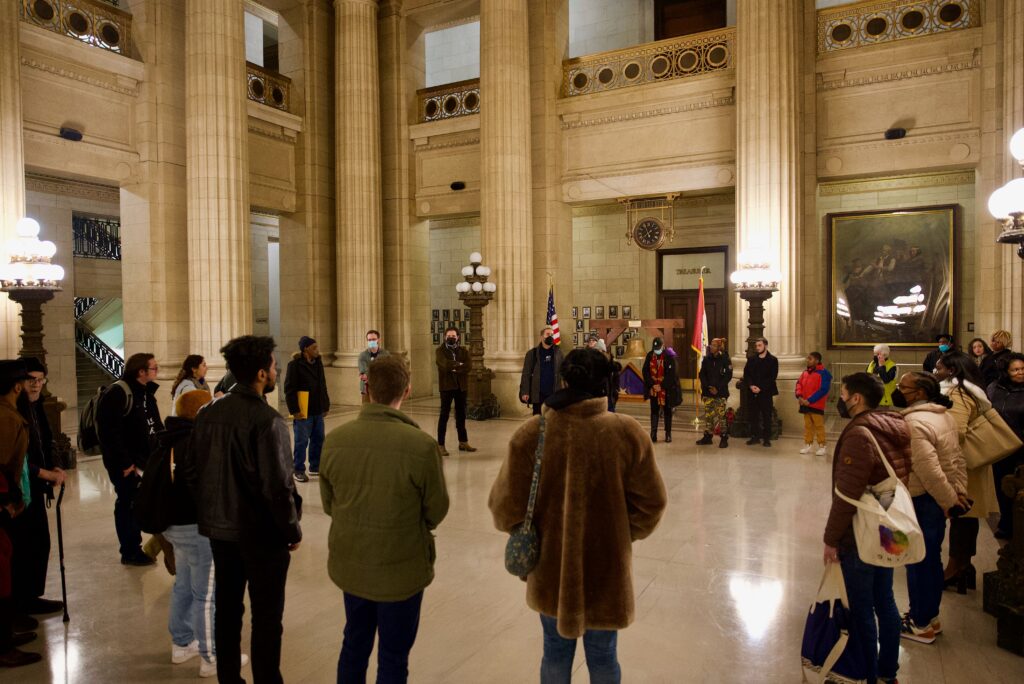
How to use it to grow democracy and community power
Give it a try and talk about how it resonates for you with folks in your circles. Use it to debrief after a difficult community planning meeting and plan your next moves.
The Spectrum Explainer has two helpful example activity templates that you can use for community campaign development and project assessment. Each template starts with a welcome and context setting space before moving into activities that allow the group to engage with the spectrum as a strategic tool. Group members reflect, set priorities, and come up with a strategy and tactics to push their project further towards community ownership.
Tools like this take time and effort to understand and utilize, just as democracy does. I find having a photo of it pinned next to my desk makes it an easy go-to resource! And, let us know how your experiments with the Spectrum go by tagging us on Twitter, Facebook, or Instagram. We love to see people building democracy together!
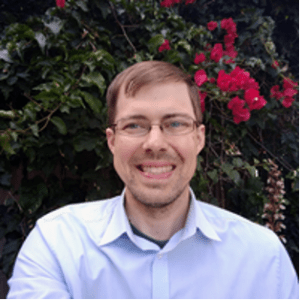
Robbie Barton
Robbie is an educator, facilitator, and eco-social justice organizer based in Oakland, CA. As the Communications Associate on the Participatory Budgeting Project team, he weaves and bridges stories of participatory democracy in action, advances equitable public decision-making that shifts health, wealth, and power to communities, and connects with folks from across geographies and neighborhoods about the issues that impact their lives.

